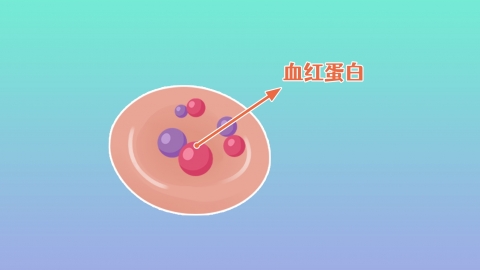How to determine anemia by examining the lower eyelid
Check the lower eyelid to assess for anemia by observing the color of the inner lower eyelid, its fullness, visibility of blood vessels, mucosal luster, and trends in color changes. Specific details are as follows:

1. Observe the color of the inner lower eyelid: Gently pull down the lower eyelid and examine the color of the inner mucous membrane. Normally, it appears light pink. If the color becomes noticeably paler or even approaches a whitish appearance, this may indicate insufficient hemoglobin and suggest anemia. The paler the color, the more severe the anemia may be.
2. Assess the fullness of the lower eyelid: The inner mucosa of a healthy lower eyelid should appear smooth and plump, without obvious indentation. If the mucosa appears dry, shriveled, or sunken, it may be due to inadequate blood and oxygen supply caused by anemia, affecting the normal condition of the mucosa. This can serve as an auxiliary indicator for anemia.
3. Note the clarity of blood vessels in the lower eyelid: Fine blood vessels are normally visible beneath the inner lower eyelid, though faintly. If these vessels appear blurred or are difficult to see, it may be due to reduced blood volume and lighter blood color from anemia, making vessel outlines less distinct. This warrants attention as a possible sign of anemia.
4. Observe the luster of the lower eyelid mucosa: In a healthy state, the inner surface of the lower eyelid should have a natural sheen. If the mucosa loses its shine and appears rough or dull, this could result from poor nutritional supply due to anemia, affecting cellular metabolism. Such changes may provide useful clues in assessment.
5. Monitor trends in color change of the lower eyelid: If over time you notice the inner lower eyelid gradually becoming paler or shifting from a normal pink toward pallor—even if slowly—this may indicate developing or worsening anemia. Further evaluation with other symptoms is recommended for confirmation.
Using the lower eyelid to assess for anemia is only a preliminary self-check method and cannot replace professional medical testing. If abnormalities are detected, prompt medical consultation and diagnostic tests such as a complete blood count (CBC) should be performed for accurate diagnosis.




